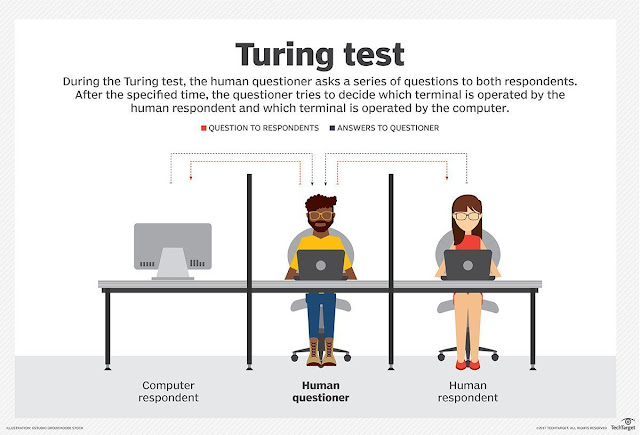The tides are Turing: What Google Duplex means for PR

By Lily Gordon Enter Bletchley Park, England at the height of World War II. Working alongside some of the world's brightest minds in a top-secret facility, twenty-something Alan Turing was decoding the Axis Force's encrypted messages. While his work directly contributed to several major Nazi defeats, his most enduring legacy is something called the Turing test, which deals with artificial intelligence. Recently, his test has been a point of conversation, as it seems to have been cracked by some unlikely decoders -- machines themselves. Photo credit TargetTech



